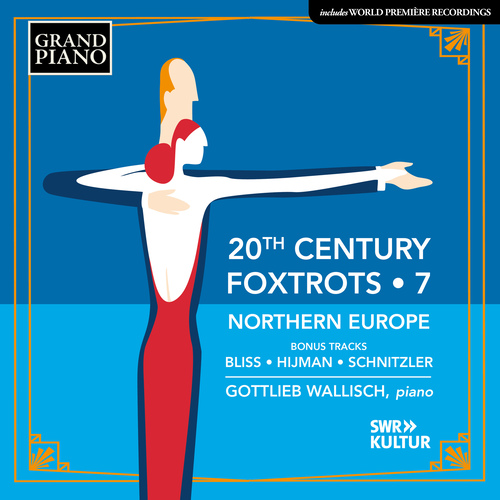
About this Release
Catalogue No.: GP962DR
Release Date: July 2025
Barcode: 747313996216
Composer(s):
Artist(s): Gottlieb Wallisch
Link(s):
20TH CENTURY FOXTROTS • 7
Northern Europe – Bonus Tracks
- Gottlieb Wallisch, piano
Gottlieb Wallisch’s seventh and final volume in this acclaimed series features many unknown gems. The complete album 20th Century Foxtrots • 7: Northern Europe is available on CD (GP950), and for download and streaming. This digital EP features bonus tracks by English composer Sir Arthur Bliss, and world premiere recordings of pieces by Dutch composers Louis Schnitzler and Julius Hijman.
Tracklist
|
Bliss, Arthur
|
|
1
Bliss one-step, F. 138 (1923) (00:02:58)
|
|
2
The Rout Trot, F. 144 (1927) (00:02:41)
|
|
Schnitzler, Louis
|
|
3
Tango (1933) (00:03:06)
|
|
Hijman, Julius
|
|
4
Piano Sonatina: II. Blue (1936) (00:03:23)
|
Total Time: 00:12:08
The Artist(s)
 Born in Vienna, Gottlieb Wallisch first appeared on the concert platform when he was seven years old, and at the age of twelve made his debut in the Golden Hall of the Vienna Musikverein. A concert directed by Yehudi Menuhin in 1996 launched Wallisch’s international career: accompanied by the Sinfonia Varsovia, the seventeen-year-old pianist performed Beethoven’s ‘Emperor’ Concerto.
Since then Wallisch has received invitations to the world’s most prestigious concert halls and festivals including Carnegie Hall in New York, Wigmore Hall in London, the Cologne Philharmonie, the Tonhalle Zurich, the NCPA in Beijing, the Ruhr Piano Festival, the Beethovenfest in Bonn, the Festivals of Lucerne and Salzburg, December Nights in Moscow, and the Singapore Arts Festival. Conductors with whom he has performed as a soloist include Giuseppe Sinopoli, Sir Neville Marriner, Dennis Russell Davies, Kirill Petrenko, Louis Langrée, Lawrence Foster, Christopher Hogwood, Martin Haselböck and Bruno Weil.
Orchestras he has performed with include the Vienna Philharmonic and Vienna Symphony Orchestras, the Royal Liverpool Philharmonic, the Gustav Mahler Youth Orchestra, the Frankfurt Radio Symphony, the Festival Strings Lucerne, the Franz Liszt Chamber Orchestra in Budapest, the Musica Angelica Baroque Orchestra in Los Angeles, and the Stuttgart Chamber Orchestra.
Born in Vienna, Gottlieb Wallisch first appeared on the concert platform when he was seven years old, and at the age of twelve made his debut in the Golden Hall of the Vienna Musikverein. A concert directed by Yehudi Menuhin in 1996 launched Wallisch’s international career: accompanied by the Sinfonia Varsovia, the seventeen-year-old pianist performed Beethoven’s ‘Emperor’ Concerto.
Since then Wallisch has received invitations to the world’s most prestigious concert halls and festivals including Carnegie Hall in New York, Wigmore Hall in London, the Cologne Philharmonie, the Tonhalle Zurich, the NCPA in Beijing, the Ruhr Piano Festival, the Beethovenfest in Bonn, the Festivals of Lucerne and Salzburg, December Nights in Moscow, and the Singapore Arts Festival. Conductors with whom he has performed as a soloist include Giuseppe Sinopoli, Sir Neville Marriner, Dennis Russell Davies, Kirill Petrenko, Louis Langrée, Lawrence Foster, Christopher Hogwood, Martin Haselböck and Bruno Weil.
Orchestras he has performed with include the Vienna Philharmonic and Vienna Symphony Orchestras, the Royal Liverpool Philharmonic, the Gustav Mahler Youth Orchestra, the Frankfurt Radio Symphony, the Festival Strings Lucerne, the Franz Liszt Chamber Orchestra in Budapest, the Musica Angelica Baroque Orchestra in Los Angeles, and the Stuttgart Chamber Orchestra. The Composer(s)
Arthur Bliss, having been knighted in 1950, was Master of the Queen’s Music in Great Britain from 1953 until his death. After a period in which he embraced a more radical approach to composition, he eventually followed the late-Romantic tradition of English music established by Elgar. In accordance with the perceived duties of his official position, he wrote various ceremonial pieces, in addition to music for the concert hall, theatre and cinema.
Julius Hijman (1901–1969), a Jew, had the foresight to flee to the United States in 1939, and settled in Philadelphia, where he taught. He was a pianist who was very involved in making the most important contemporary composers known in the Netherlands, and the Dutch in France and the US. Completely forgotten today, in the 1930s he composed a Sonatina for alto saxophone and piano, and a 1936 Sonatine for piano, the central piece of which is Blue, rich in descending chromaticism, of surrendered melancholy.
Louis Schnitzler (1869–1933) had studied with Friedrich Gernsheim in Rotterdam and later became director of Den Hague Conservatory. He was an ‘agile and versatile’ pianist of great ‘musicality and sensitivity to tone and colour’ (Carl Flesch), as can be deduced from Tango (1933), written a few months before his death and dedicated to the South African pianist Raie Da Costa, who recorded many novelty syncopated solos, but who died, very young, the following year.
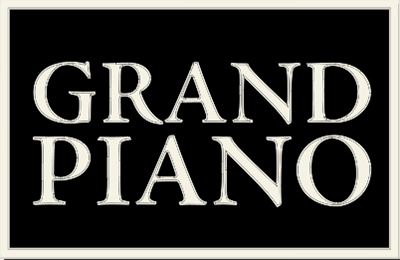
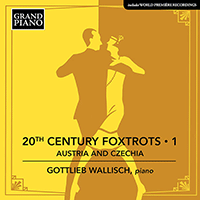
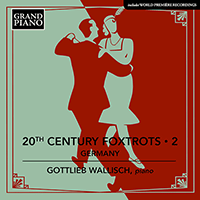
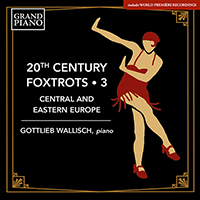
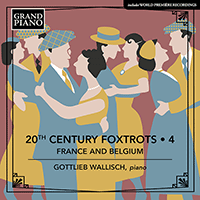
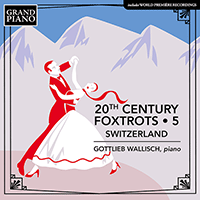
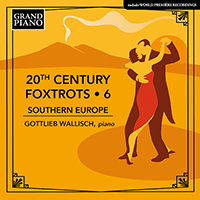
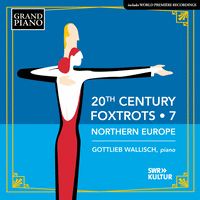
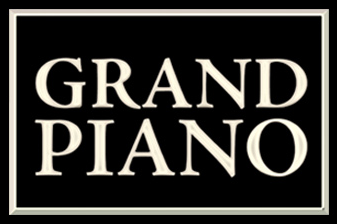 Grand Piano has gained a reputation for producing high quality recordings of rare keyboard gems. Dedicated to the exploration of undiscovered piano repertoire, the label specialises in complete cycles of piano works by many lesser-known composers, whose output might otherwise have remained unknown and unrecorded.
Grand Piano has gained a reputation for producing high quality recordings of rare keyboard gems. Dedicated to the exploration of undiscovered piano repertoire, the label specialises in complete cycles of piano works by many lesser-known composers, whose output might otherwise have remained unknown and unrecorded.






